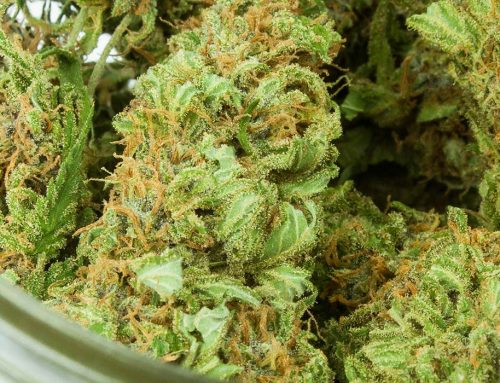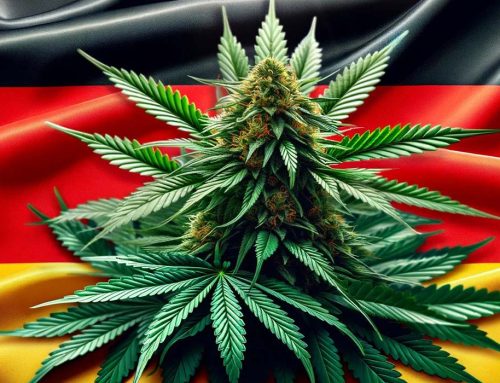The Drug Enforcement Agency (DEA) reports they made fewer cannabis-related arrests in 2019 than the year before, but seized a substantially higher number of marijuana plants.
Data from the DEA’s annual report reveals they confiscated an estimated 4 million cannabis plants last year, compared with 2.8 million in 2018. Over the same period, cannabis-related arrests fell 16 percent to 4,718, which is the second-lowest total reported by the agency in the past decade.
A closer look at the seizure totals indicates that the DEA has not necessarily expanded it’s Domestic Cannabis Eradication/Suppression Program (DCE/SP), rather that grow sites are producing more cannabis plants. While the agency seized 200,000 more indoor cultivated marijuana plants than the year before, the number of targeted indoor grow sites dropped from 1,618 in 2018 to 1,437 in 2019.
In spite of the spike in marijuana plant seizures, the latest figures from the DEA underline a longer-term downward trend in both confiscations and arrests. In 2011, for example, the DEA made more than 8,500 marijuana-related arrests and seized almost 9 million cannabis plants.
“Following the enactment of statewide adult-use cannabis legalization laws, both DEA-related marijuana arrests and seizures have fallen dramatically. That said, these totals affirm that targeting marijuana-related growing operations still remains a DEA priority, even at a time when most Americans have made it clear that they want cannabis policies to head in a very different direction,” said Paul Armentano, NORML Deputy Director.
State-level data reveals most of the increase in cannabis plant seizures is down to actions taken in California. After California legalized adult-use marijuana in 2018, DEA seizures dropped 30 percent to 1.8 million plants. But the following year, Gov. Newsom deployed the National Guard to track down illegal cannabis farms, which may account for the increase to 3.1 million cannabis plant seizures in 2019.
“Indoor and outdoor marijuana seizures remain relatively low-hanging fruit for the DEA,” Armentano said. “Making these seizures is an attempt for the DEA to try and stay relevant and make headlines. But it doesn’t change the fact that American culture is heading in a very different direction.”
The DEA’s take on the success of its activities is, of course, very different.
“The success of the DCE/SP is directly attributed to the decision of the participating agencies to share intelligence, technology and manpower,” the report reads. “In many areas of the U.S., cultivators have been forced to abandon large outdoor cannabis plots in favor of smaller, better concealed illicit gardens. Cultivators are also growing indoor and outdoor cannabis under the cover of various states legal cannabis grows.”
While the DEA continues to tout the effectiveness of its drug busts amid a terminal decline in cannabis seizures and arrests, recent research by the CATO institute shows that marijuana legalization has led to a decrease in cross-border smuggling.
Supreme Court Justice John Roberts reported that cannabis-related federal prosecutions fell by 28 percent in 2019, and while he did not attribute a cause to this, it is clear that widespread state-level marijuana legalization plays a significant role. The DEA itself acknowledged in its 2021 fiscal year report that marijuana legalization has led to a decrease in black market demand for cannabis. The language of this report also appears to indicate the agency’s belief that marijuana legalization is an inevitability.
And with more Americans than ever consistently supporting marijuana legalization, it’s hard to argue with this view.






